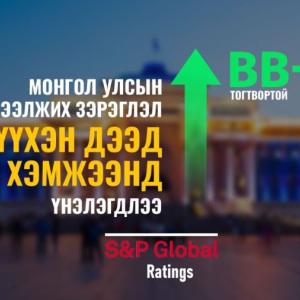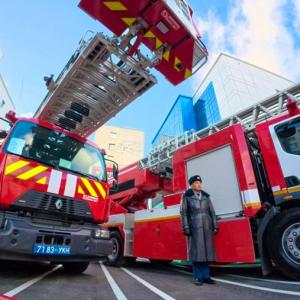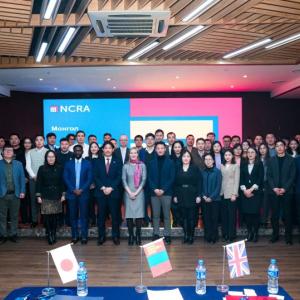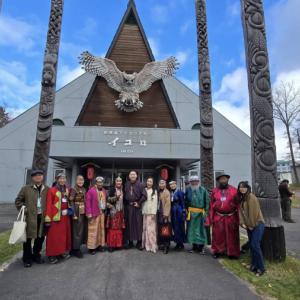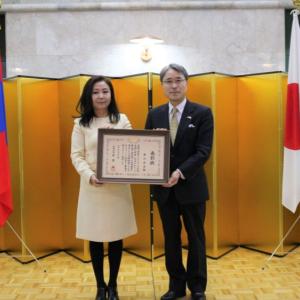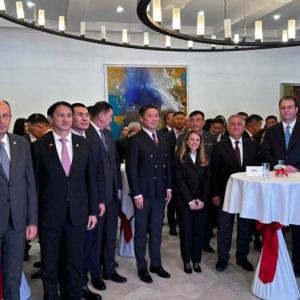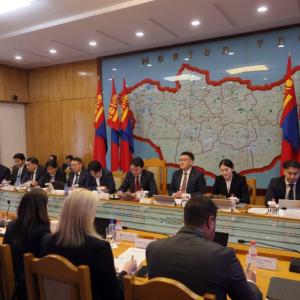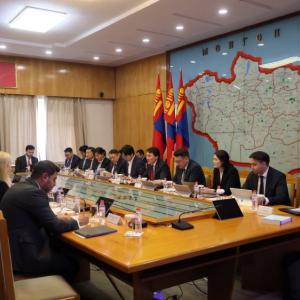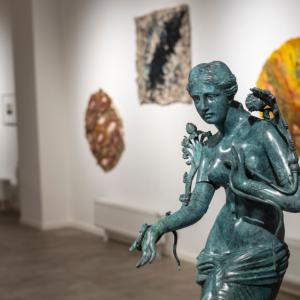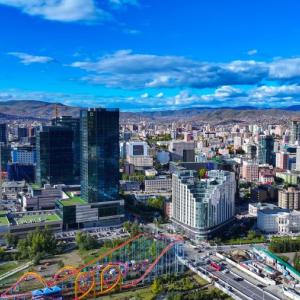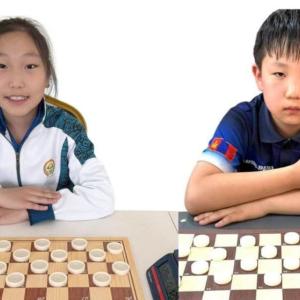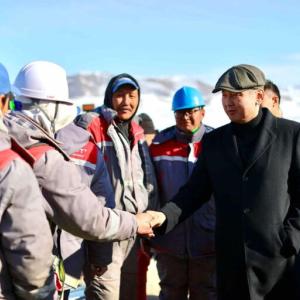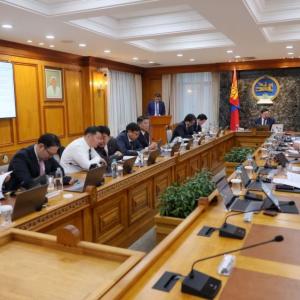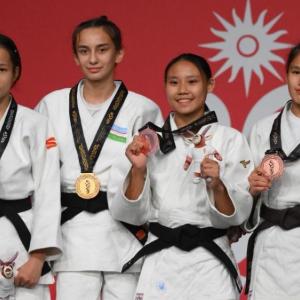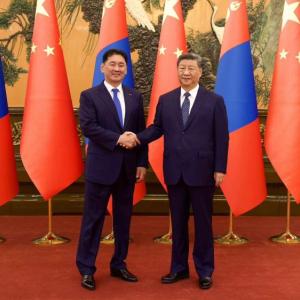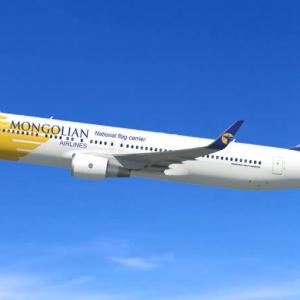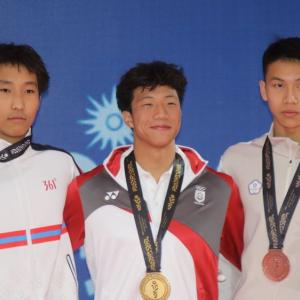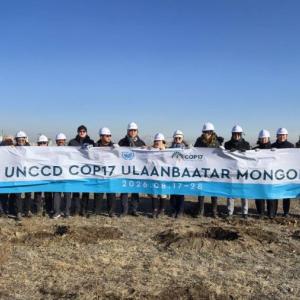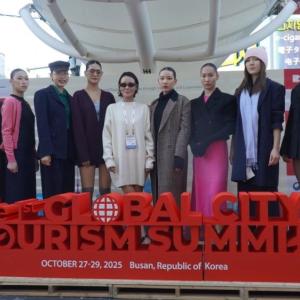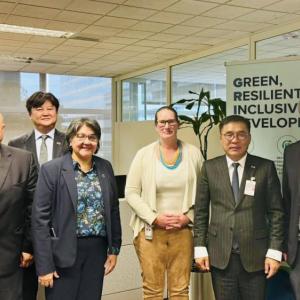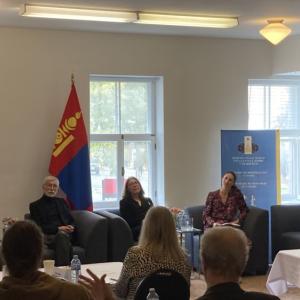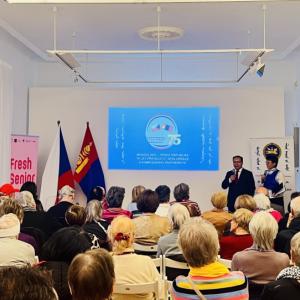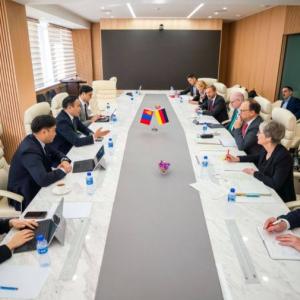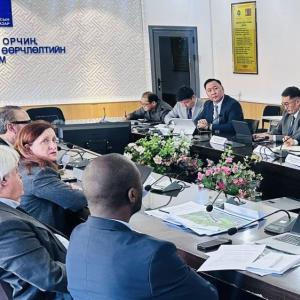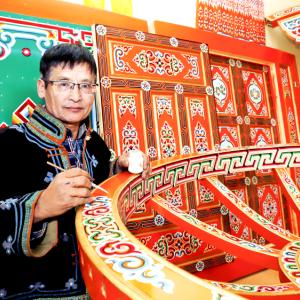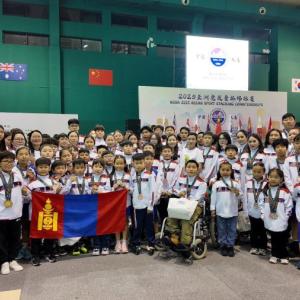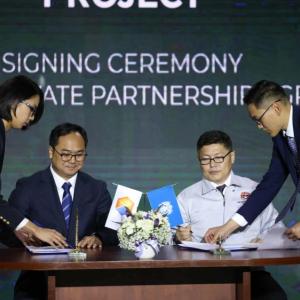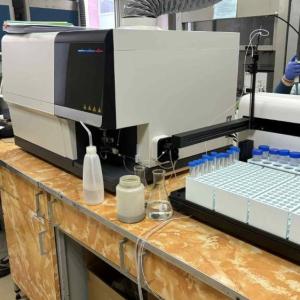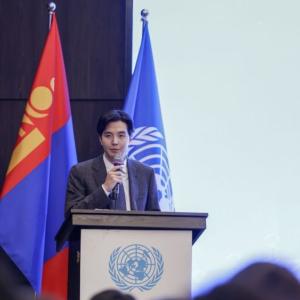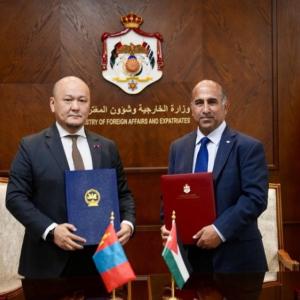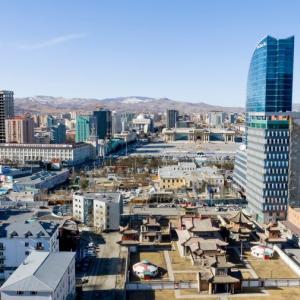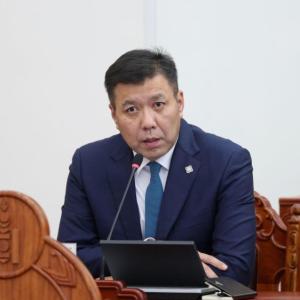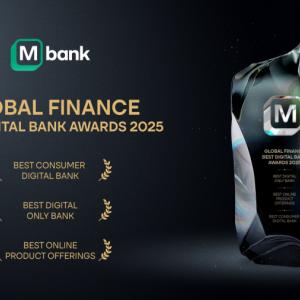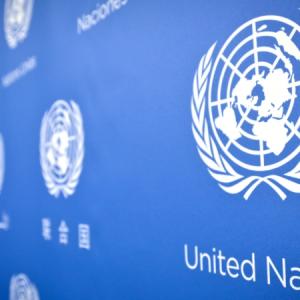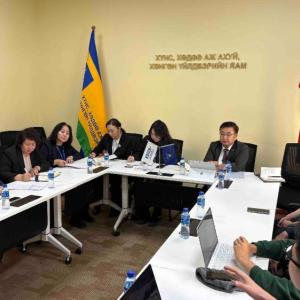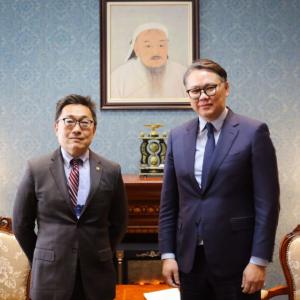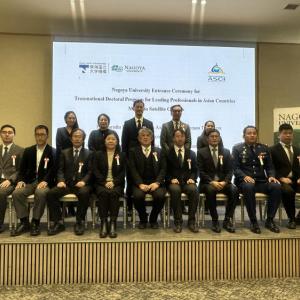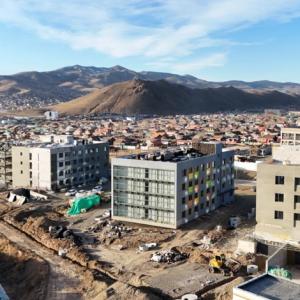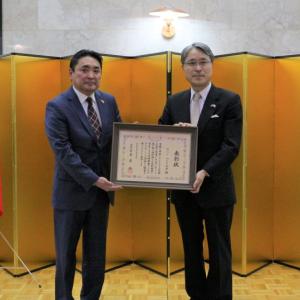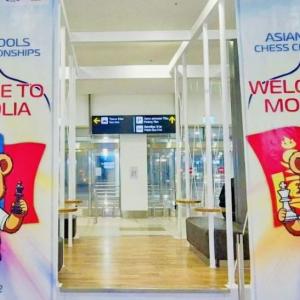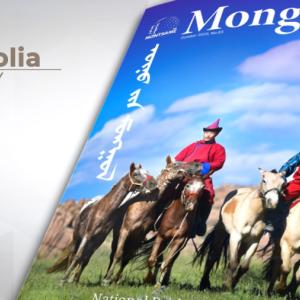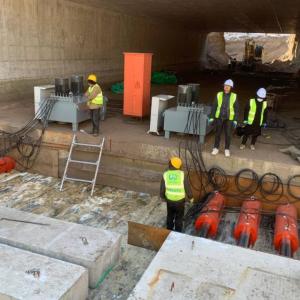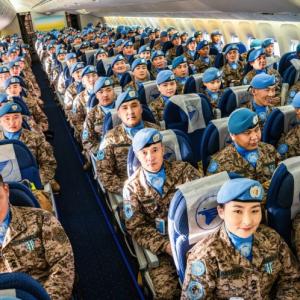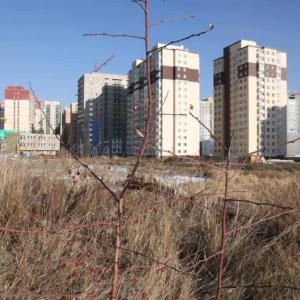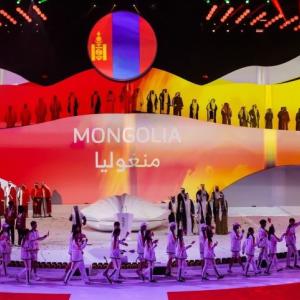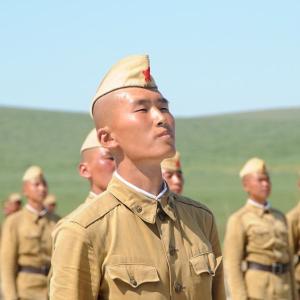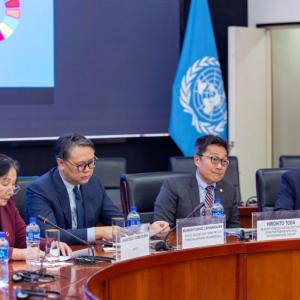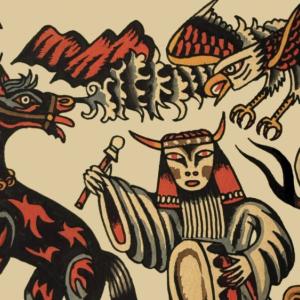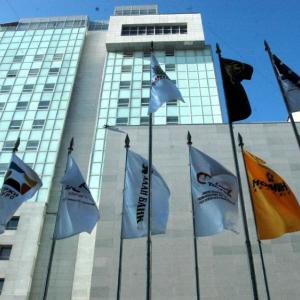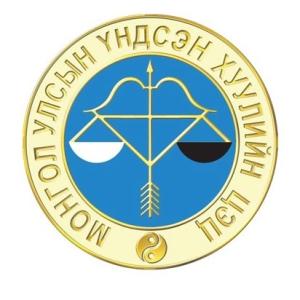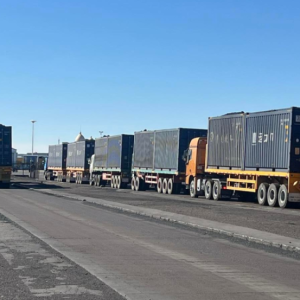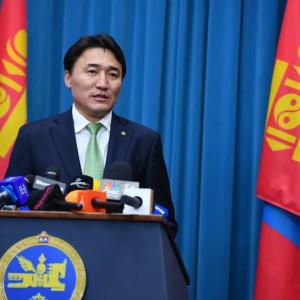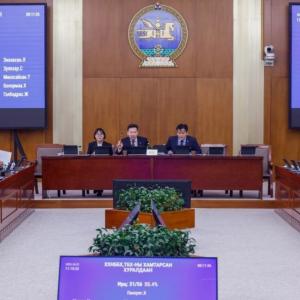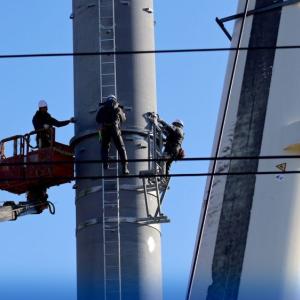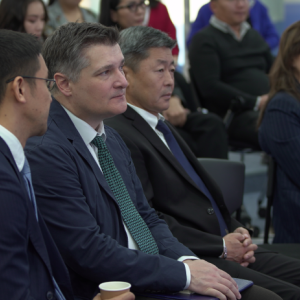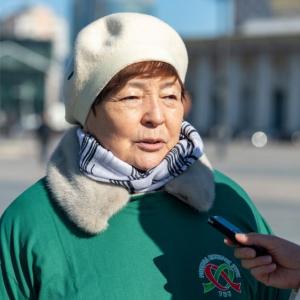From Coast to the Capital: A Week-Long Journey Through South Korea
Society
Ulaanbaatar, May 13, 2025 /MONTSAME/. In late spring of 2025, a group of five journalists, representing Mongolia, the Italian Republic, the Argentine Republic, the Czech Republic, and the Republic of South Africa, journeyed to the Republic of Korea on a business trip organized by the Ministry of Culture, Sports and Tourism of the Republic of Korea. The purpose was to explore and cover two major events: the 10th Our Ocean Conference and the 2025 Seoul Spring Festa. But the experience unfolded into much more - an immersion into a nation mastering the art of reinvention, where centuries-old traditions live in harmony with cutting-edge innovation.
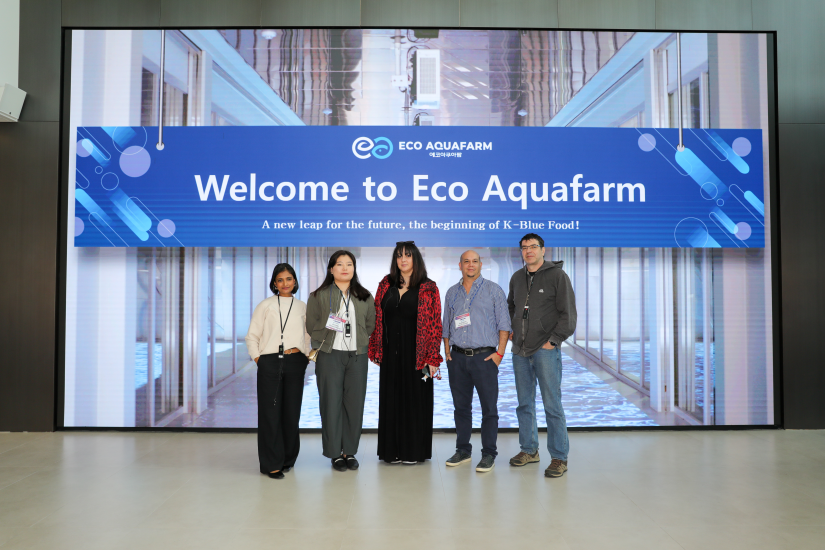
Busan: A City that Breathes with the Tide
The journey began in Busan, a coastal city shaped by the rhythm of the sea. The ocean brushes one side of the city, while modern infrastructure quietly unfolds on the other. Life here moves more slowly than in the capital. Fewer cars, more sky. Hills tumble into beaches. Glass towers rise respectfully beside fishing boats.
The Haedong Younggung Temple stood above the water like a meditative pause, a place where one could almost hear time taking a breath. A moment that stayed with me, perhaps because I am a girl from the Mongolian Gobi, was walking the Skywalk, a shimmering glass bridge suspended above the sea. I learned the site had been renovated with support from Chinese fans of BTS’s Jungkook. That quiet fact told a loud story: how Korean pop culture is building invisible bridges across Asia, soft power anchored in shared admiration.
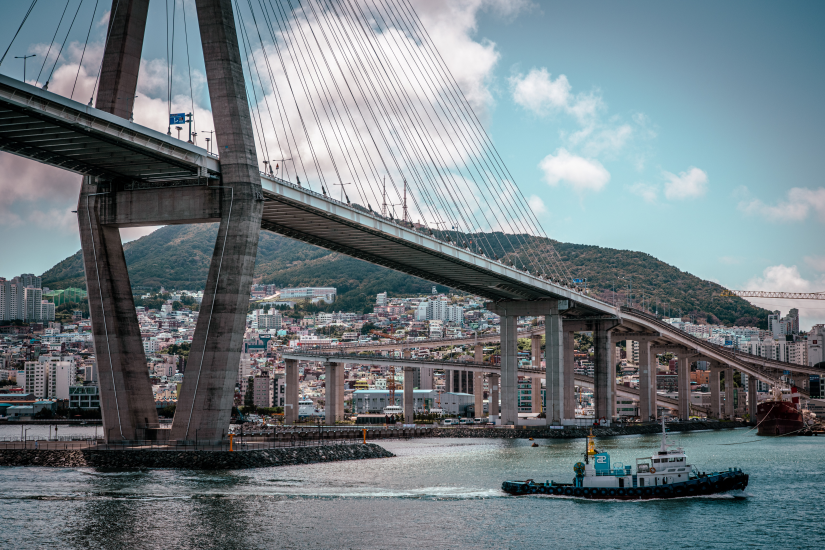
Photo by Erik Cooper, via Flickr / CC by 2.0
On April 29, 2025, beneath a clear blue sky, the 10th Our Ocean Conference convened. Delegates from over 100 countries - leaders, scientists, and activists - gathered in polished halls to tackle the planet’s most urgent maritime challenges. In a rare and meaningful moment, I stood among international journalists and directed a question to the Minister of Ocean and Fisheries of the Republic of Korea. For a young journalist from Ulaanbaatar, that exchange was more than news - it was a diplomatic handshake shaped by dialogue.
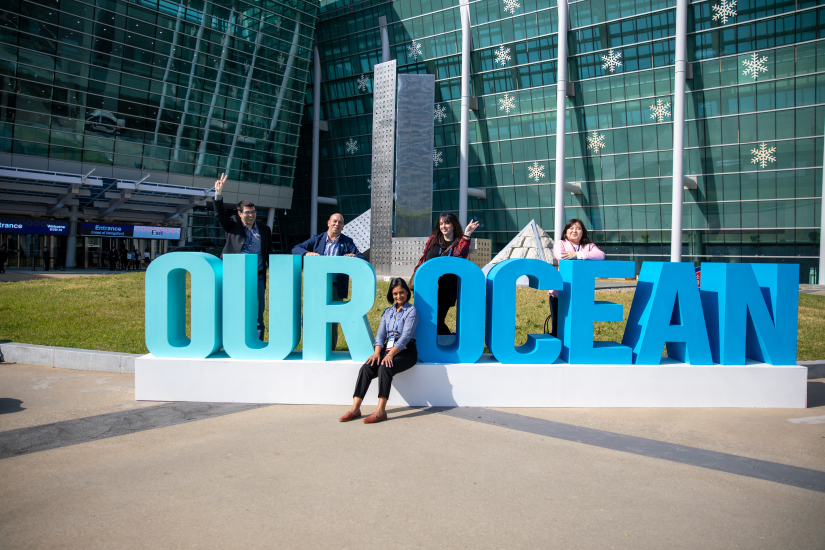


Seoul: Where the Future is Already Familiar
Next came Seoul - loud, bold, relentless. The city pulses like an engine, alive with possibility and symmetry. Skyscrapers rise like digital totems, and the subway moves with mathematical precision. Yet somehow, amidst the organized chaos, Seoul makes room for reflection.

Photo by Nastya Kolesnikova, via Flickr / CC by 2.0
Equally unforgettable was the Seoul Spring Festa, where art, heritage, and innovation met in dazzling fashion. At the Wonder Show, where K-pop artists danced among holograms and cinematic light, reality blurred into dream. This wasn’t just entertainment - it was storytelling at the speed of light, a glittering reminder that South Korea doesn’t wait for the future. It builds it.

The following day, the Festival’s Executive Creative and Artistic Director Mr. Kim Tae Wook personally guided us through Wonder Park. The gesture felt symbolic: South Korea doesn’t keep its artists behind velvet ropes. Instead, they walk beside you, explaining the story in real time.
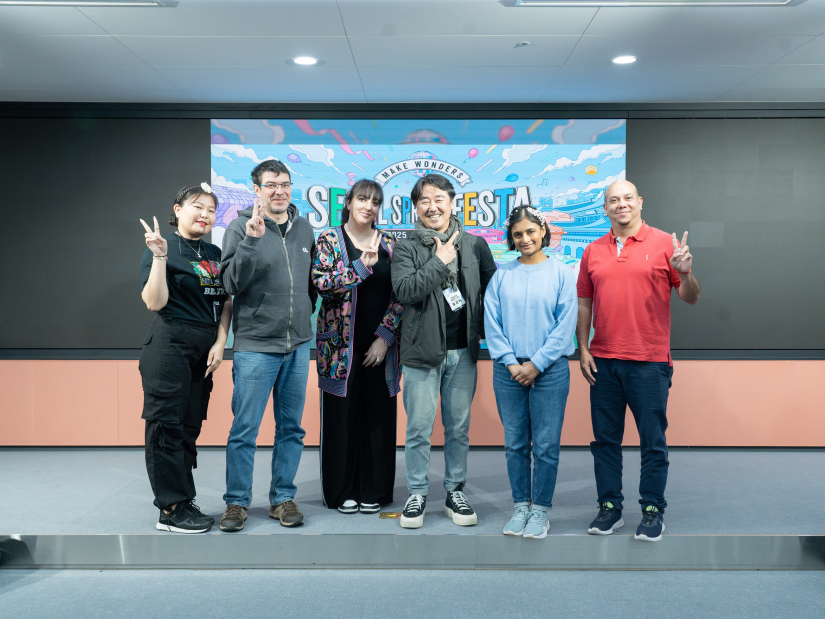
Layers of Modern Korea
Markets like Myeongdong revealed another layer of modern Korea - street food vendors sharing space with premium brands. It is a place where languages mix freely under the glow of K-pop billboards and where one can sample octopus skewers just meters from a luxury boutique.

Myeongdong street view. Seoul Tourism Organization. Used with permission.
Wearing a hanbok and walking down Deoksugung-gil for the Emperor’s Table reenactment, I stepped into a slice of 1905. The meal replicated the historic dinner between Emperor Gojong and Alice Roosevelt. Each dish told a story: not just of ingredients, but of empires, diplomacy, and memory served in porcelain.

Korean cuisine is less a menu and more a mosaic. From the savory warmth of bulgogi stews to the refreshing bite of chilled noodles, from seaweed rice balls to Korean-style lattes, every dish carried a cultural signature. Fusion meals, blending Korean flavors with European and Chinese influences, spoke to the country’s evolving palate without abandoning its roots.

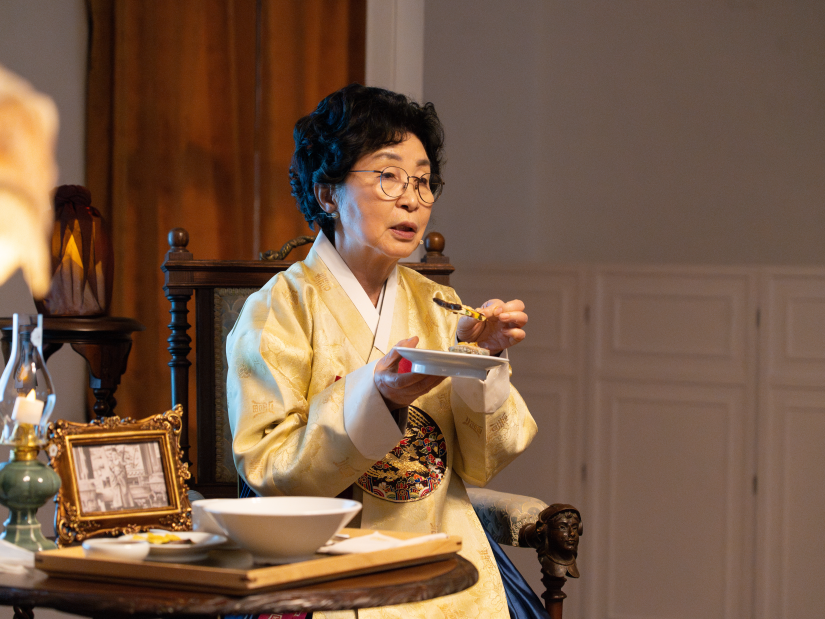
Screens, Stories, and the Sea
One of the most compelling aspects of South Korea’s global influence today is its strategic use of cultural content as soft power - none more impactful than its film and television industry. Before arriving in South Korea, I had casually watched some Korean series on Netflix. But being here - breathing the same air, walking the same streets - I found myself analyzing these dramas with new eyes. What I realized is that the country’s creative output is not just entertainment, it is policy, diplomacy, and a reflection of national identity.
Take “Squid Game” - a neon-noir parable dressed as a thriller. It showed more than cinematic craft, or sophistication of Korea’s film technology, it simultaneously explored issues like economic inequality, competition, and survival in a hyper-modern society, showcasing Korea’s willingness to confront uncomfortable truths about society.
Then there is “When Life Gives You Tangerines,” a slower, more lyrical film. It told of coastal lives, small joys, and the quiet resilience of people bound to the sea. That tangerine, so simple, became a symbol of heritage, climate, and economy. It said what statistics could not.
Lastly, “Legend of the Blue Sea,” which spun maritime myth into a love story across centuries. Through its lens, the ocean wasn’t just geography. It was character, legend, and fate. These aren’t just shows - they are cultural voyages with emotional passports.
Soft Power, Real People
K-pop and K-beauty may seem glittery, but their impact runs deep. K-pop is choreography plus philosophy - a kinetic dialogue between art and identity. Its stars don’t just perform, they shape trends, ideals, and imagination.

The K-beauty industry, meanwhile, has revolutionized skincare and wellness, blending today’s science with traditional philosophy. In Seoul, cosmetic shops were filled with international tourists drawn by the promise of radiant skin and holistic self-care. Korean beauty culture, with its focus on ritual, balance, and aesthetics, has become a new kind of soft power - gentle, persuasive, and aspirational.

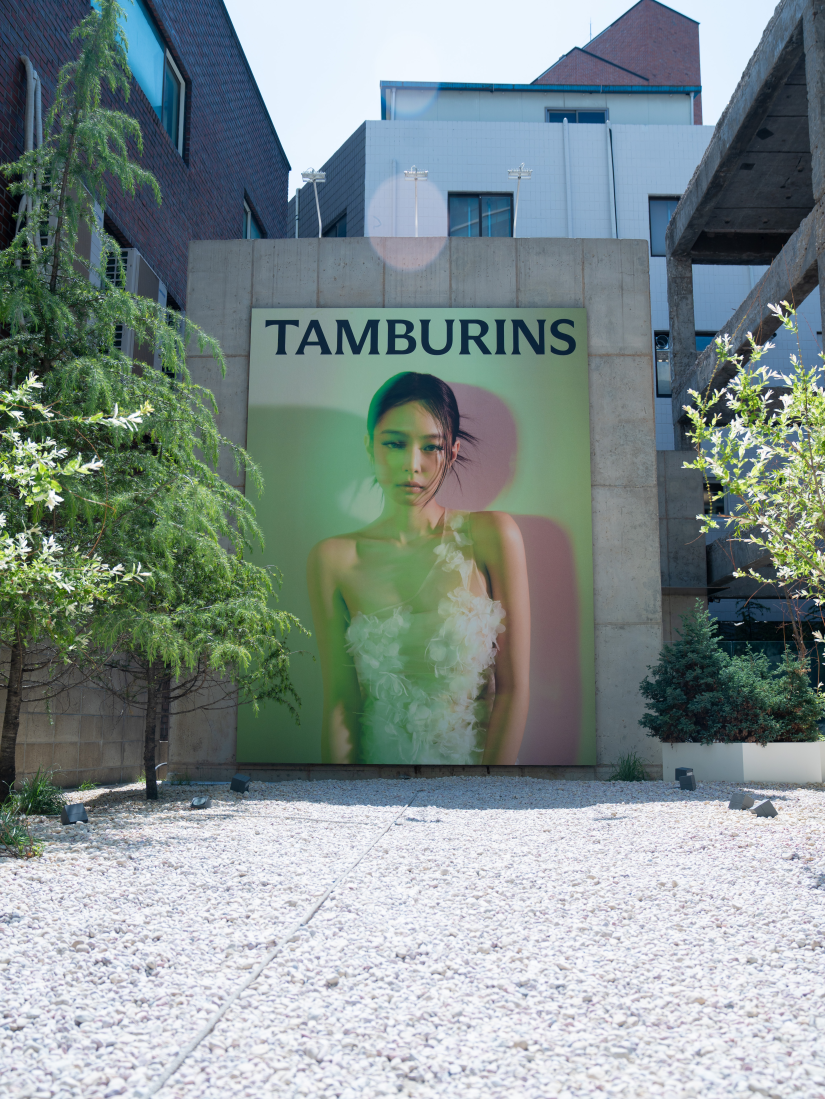
But above all, what stays with me is not the content or the concerts - it is the people. From senior officials to festival staff, from scholars to subway guides, every Korean I met moved with intent and quiet pride. Their dedication was precise but never cold. There is an unspoken elegance in their humility, especially among high-ranking figures who answered even the toughest questions with poise and openness.
Their gestures - like bowing slightly in greeting or apology - spoke of something deeper than politeness. Their discipline in everyday matters, from time management to fitness, made a quite impression on me.
As my plane left Incheon, I didn’t just carry notes or photos. I carried rhythm, ritual, and story. I arrived in South Korea as a journalist. I left as a witness to something rarer: a country constantly balancing, between past and future, East and West, tradition and technology.
This wasn’t just a business trip. It was a layered experience stitched with sincerity, from sea breeze to city lights. I returned home with friendships, insights, and a deeper belief that storytelling, when done well, can be its own form of diplomacy.
Written by Amrida Gereltdarkhan, from MONTSAME Mongolian National News Agency
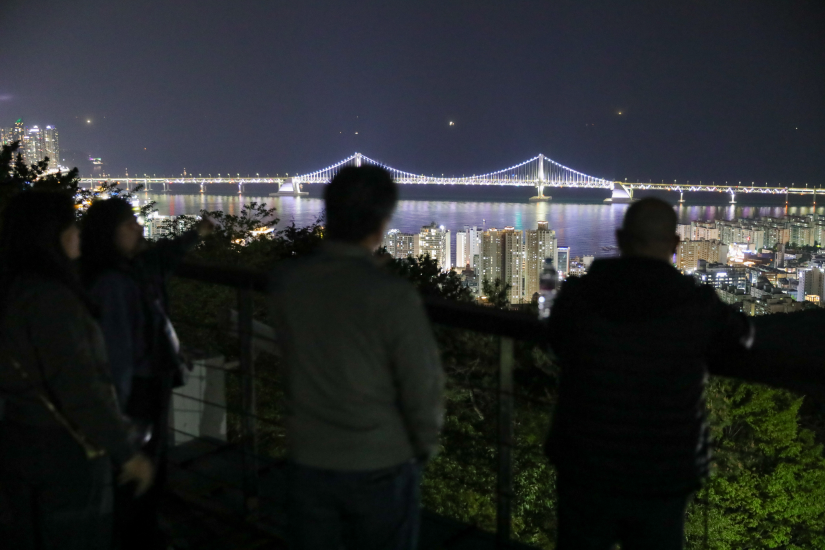
 Ulaanbaatar
Ulaanbaatar





